The AAA Game Industry is like the Roman Empire. It started as big, bad, and flashy, but somewhere along the way; it became so consumed with the idea of conquest that it never bothered to stop, take a look at itself and ask a very important question: why do I look so bloated?
What are AAA Video Games?
AAA Video games are games that -for the lack of a better word- are big. There’s a lot of money spent on making and marketing them and the publishers and investors expect to make a big return on that. The term “AAA” became more relevant as the industry got bigger and more “money-people” got involved. Because back in the 80s and 90s, the distinction between small games and big games was not as clear-cut as today. A game like “Doom” was made by a bunch of guys who were basically a rock band, but it reached a level of profit and success that your average AAA game today with a 100 million dollar budget can only dream of. So to make matters simple:
- AAA means a big-budget game that a lot of people – usually more than 100 – work on
- AA means a medium-budget game made by a small team – like 20, 30 or 50 – and smaller scope and marketing power, but still, of respectable technical quality
- Indie means a game made by a very small team – usually less than 10, even 1 – that doesn’t have a big budget or marketing power and relies on creativity and word-of-mouth marketing to achieve success
Why Are AAA Video Games Important?
AAA video games get a lot of hate for being too safe, to the point of being bland. Since these games require to sell many copies, they need to appeal to the lowest common denominator and this expectation of being accessible to everyone makes them mediocre and bloated, despite looking and sounding pretty. However, we need to understand something: AAA video games are the face of video game industry in the world.
Their flashy and extravagant nature is the reason this industry has become so lucrative and attracted so much attention outside of its limited hardcore fanbase. So in a way, an AAA video game is a poster boy for video games itself and its success/failure can shift the culture in favor of the game industry, or against it. A catastrophic failure can make a lot of investors quit the industry and this can affect everyone, even those who make indie games.
Apart from that, since AAA video games are the flagship franchises of the biggest publishers, they usually attract the most talented people and offer the most cutting-edge technology and trends. So even though it’s usually indie/small games that innovate and push boundaries in terms of game design and creativity, in all other aspects, AAA video games are the pioneers and their innovations in regards to graphics, sound design, motion capture, art assets, etc. pushes the whole industry forward.
So no matter how much we criticize AAA games, we can’t deny their role in pushing the video game industry forward and basically being “poster-boys” for video games as a whole.
Hi-Fi Rush the Game That Showed What’s Wrong with AAA
Recently, a game was released that made everyone realize what they missed about the game industry before it became too big. That game is Hi-Fi Rush, the colorful and wildly stylistic game made by Shinji Mikami’s Tango Gameworks and published by Bethesda. Hi-Fi Rush came out of nowhere. It was basically announced the day it was released. In the days of its release, I remember browsing Steam’s front page and seeing its screenshots. I said to myself: “Wow, this game looks gorgeous. Why haven’t I heard about it?” I was shocked when I saw it was released that day and already had an “overwhelmingly positive” user review score.
The way game journalists describe this game is very interesting. Escapist called it “like a forgotten Dreamcast game in the best way,” and Kotaku described it as “like a remastered GameCube game”. These descriptions tap into the reason behind the game’s surprising but inevitable success: Hi-Fi Rush is reminiscent of the AAA game industry at the heights of its power: the PS2 era. In other words, the AAA industry when it didn’t get too big for its own good.
PS2 and Gamecube arguably had the richest library of video games with AAA quality. This is because AAA-quality games had a manageable scope back in that era, so every game released was special in its own way.
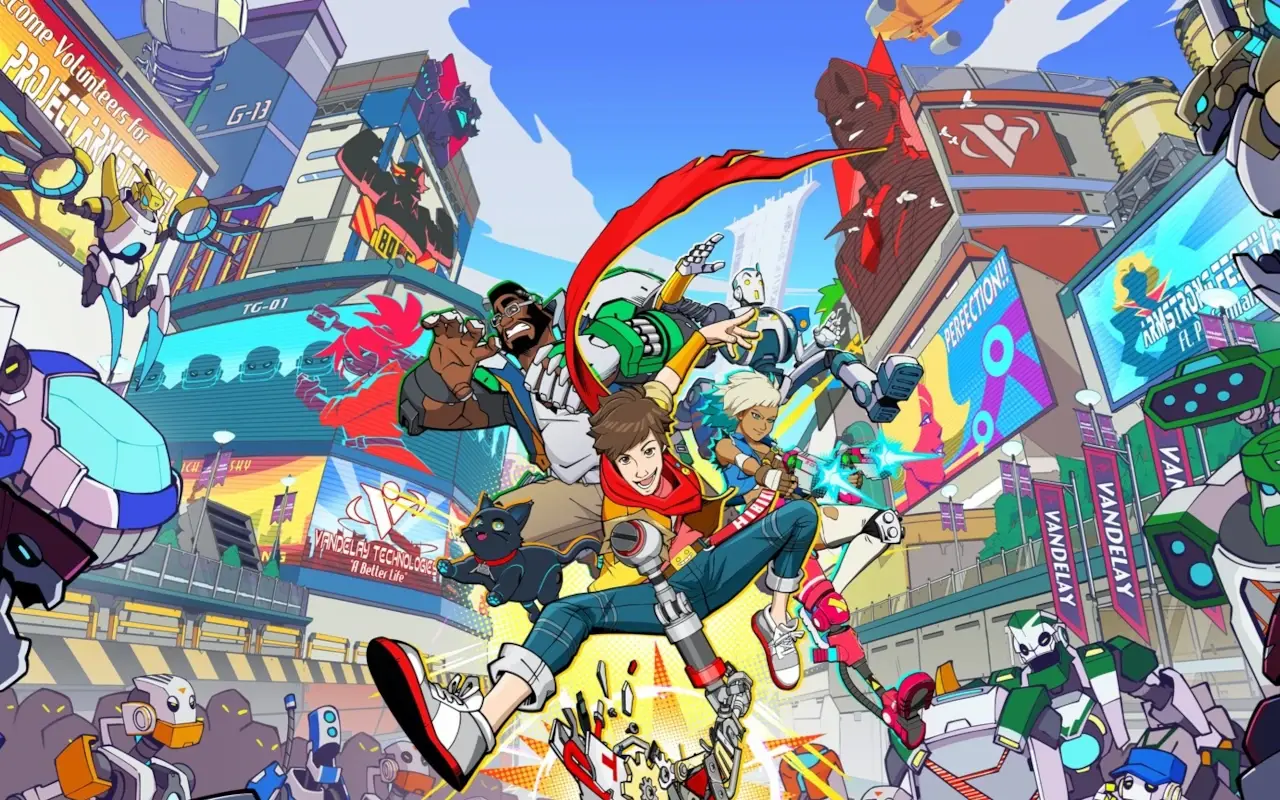

More questionable practices were implemented as more online functions were introduced to console gaming. AAA games stopped being self-contained experiences with tight narratives, reasonable length, and unique flair. Instead, they became bloated messes filled with hollow vastness, DLCs, Day 1 Patches, microtransactions, loot boxes, and live service elements that keep you hostage and have no respect for your time.
Initially, when these features were introduced, they were a minor element of the game, and you could ignore them, like the horse armor DLC for Oblivion that started this whole mess. So the pushback against them was not hard enough. But they slowly but surely found themselves in the mainstream philosophy of game design elements, and by the time they became a problem, it was too late to stop them; they ultimately resulted in an AAA game-design philosophy that, for the lack of a better word, is self-destructive.
How is this happening? In this blog post on Polydin Game Art Studio, we’ll go through the reasons why.
AAA Games are too Big
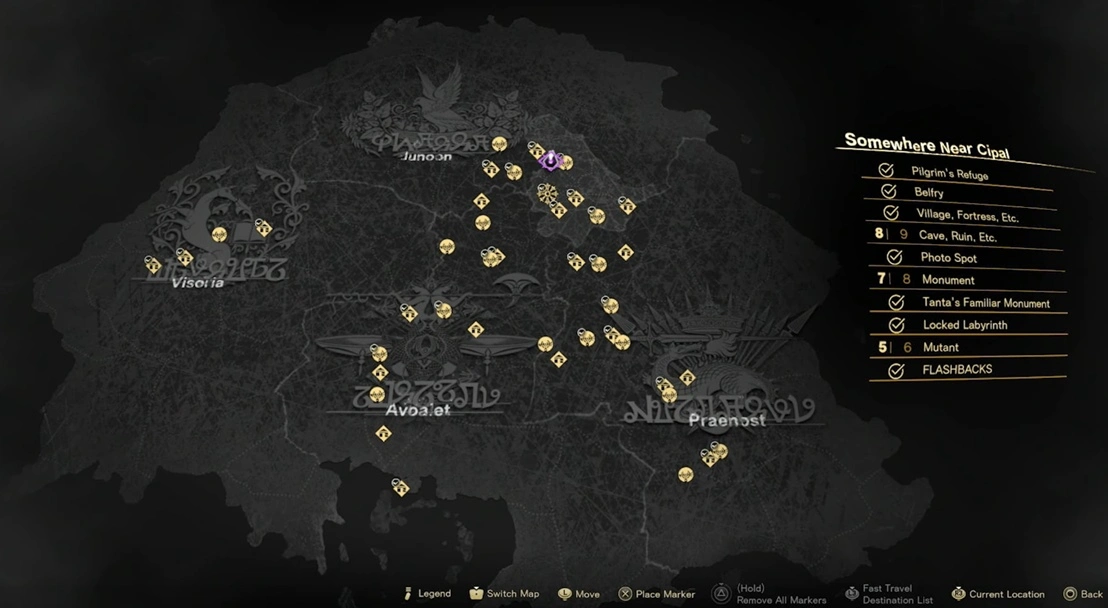

Ok, back to the Roman Empire analogy. Did you know that in 285 AD, Emperor Diocletian decided that the Roman Empire was too big to manage and divided it into Eastern and Western Empires? Well, that’s kinda the problem with AAA games. They are too big to manage, so you can bet that your average AAA game will suffer from mismanagement.
In game development, too many people decide about too many things. Unless you’re a highly influential auteur designer like Kojima and Miyazaki, there’s no way you can make the game you want. So most AAA games turn into a messy mishmash of ideas that seem incongruent and lack a coherent vision.
The most glaring example of this problem is the concept of an “open world”, which is being abused like hell in most games. The most recent example is Forspoken. Forspoken basically gives you an open world to explore but with barely anything in it. As penguinz0 says in his review of the game:
It was a little needlessly big, because going from point A to point B would take a long time, even just bee-lining it. Of course, all you can do is run with your parkour, which does have a cooldown after you’ve used it for a certain period of time. [And while using it[, you’d be going like five miles across a very barren empty terrain.
That quote right there explains the problem with most of the open games released in the past decade. The developers feel the need to create a “big” game to justify its AAA label, but since making interesting and memorable content is hard, they create a big world you constantly walk around to get from point A to point B. Consequently, the player can’t help but to feel he’s wasting his time just walking around like an idiot in this virtual world.
Someone made fun of Hi-Fi Rush for being “6 hours long” (which is fake news because the game is actually 10-12 hours long), but people were quick to rush in the game’s defense, saying that they prefer a 6-hour awesome experience to a 100 hours mediocre one. From the response given to Hi-Fi Rush’s relatively short play-time, it’s obvious people are tired of these big bloated messes that AAA games have become.
AAA Games are too Expensive
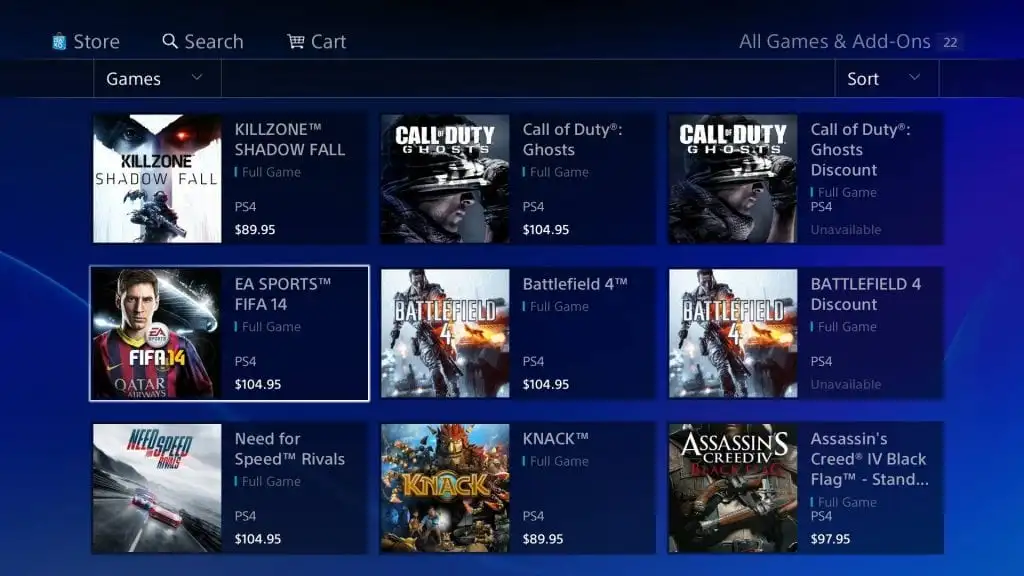

The problem of AAA games being too big is directly tied to the problem of being too expensive. This is the product of a vicious cycle that started some time ago:
- Games need to become bigger to attract more attention and sell more copies
- Bigger games need more budget
- Games with bigger budgets need to sell more copies to be profitable
- When games reach their market cap, they need to be sold at a higher price to be more profitable
- In order to justify selling games at a higher price, the games need to become bigger
And that’s where we stand right now. Last year, publishers announced that we should brace ourselves for 70$ games. Forspoken was released as a 70$ game, for Christ’s sake! They probably thought the “open-world” nature of the game justifies that price, completely ignoring the fact that it’s about having a good time, not equating every single dollar in the price tag to an hour of consumable content.
On top of that, many publishers have decided to ignore localizing their prices for other regions, essentially selling their game at US dollar prices to countries with a much less valuable currency. For example, Namco recently decided to increase the price of Dark Souls III to 60$. In Turkey, it’s being sold for ₺899,00, which is equivalent to 39.72$.
A few months ago, if you bought Dark Souls III during sales, you could buy it for the price of ₺30,43, which was less than 2 dollars.
This insane price increase for a 6-year-old game is actually a warning sign for things to come: new video games are going to become unaffordable for many people across the globe. And this will cause their sales number to decrease, their price to increase, and their size to increase (to justify their price) until either something catastrophic breaks the cycle or buying games becomes a luxury.
AAA Games Want to Keep the Player Hostage
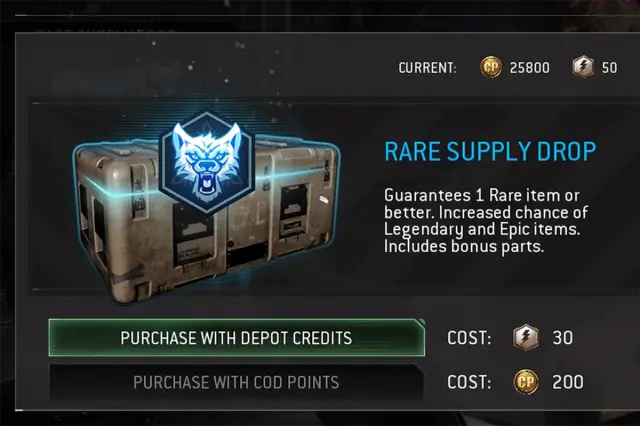

Some developers have realized they cannot rely on making and selling a game. Oh no, that’s too risky. Because if, by any chance, the game doesn’t sell a trillion copies, it’s gonna make the shareholders very disappointed. Obligatory mention to that EA CEO Andrew Wilson once said that Battlefield V performed worse than expectations because it only sold 7.3 million copies instead of 8.3 million copies. In what kind of messed up world selling 7.3 million copies of anything is considered a disappointment?
So now, you have to make games that are not meant to be bought once and are yours to keep forever. You have to make games that keep players hostage with all sorts of time-wasting live-service bogus like daily quests, special skins, battle pass content, season rewards, weekly events, and all of the things Fortnite normalized, for better or worse. And it’s necessary to do this because if game publishers want to turn a profit, taking 60$ from you is not enough. They want 600$. Maybe even 6000$ if you can afford it. Hell, every single penny in your pocket and bank account, if possible.
This mentality that you should keep the player hooked to your game all day, every day, every week, and every year has been a catastrophe for video games because it has created a very high ceiling for what could be considered a success. When it comes to these types of games, both developers and gamers are in a constant state of anxiety: the developers constantly have to come up with new content and prototype it, playtest it, and implement it in a short period, and the players have to constantly tune-in and force themselves to play the game in case they don’t miss anything, because their FOMO is being exploited.
The sad thing is that none of this is necessary. Back when people played DOTA and Counter-Strike for thousands of hours, they didn’t need all of this live-service nonsense to be hooked because the game was good enough itself. Now every time you make a game, you gotta include all these cosmetic items that people pay for to look “unique” in the game. Still, in reality, all it does is to turn the game into a tonal catastrophe in which someone is a badass soldier shooting at a walking hot dog.
The most notable victim of this trend was Babylon Fall, a Platinum Games disaster that launched in March 2022 with 1200 concurrent players that radically dwindled in the coming months. 6 months after its release; Square Enix announced that the game’s servers would be shut down because literally, no one was playing the game.
Here’s a lesson from Babylon Fall’s spectacular failure: before making a live-service game, first make sure that people are actually interested in playing it. Or better yet, make a game that does what it’s supposed to do in 10 hours and lives on in the player’s mind as a good memory, not an addiction loop they must satisfy.
Trends and Mass Appeal bind AAA Games
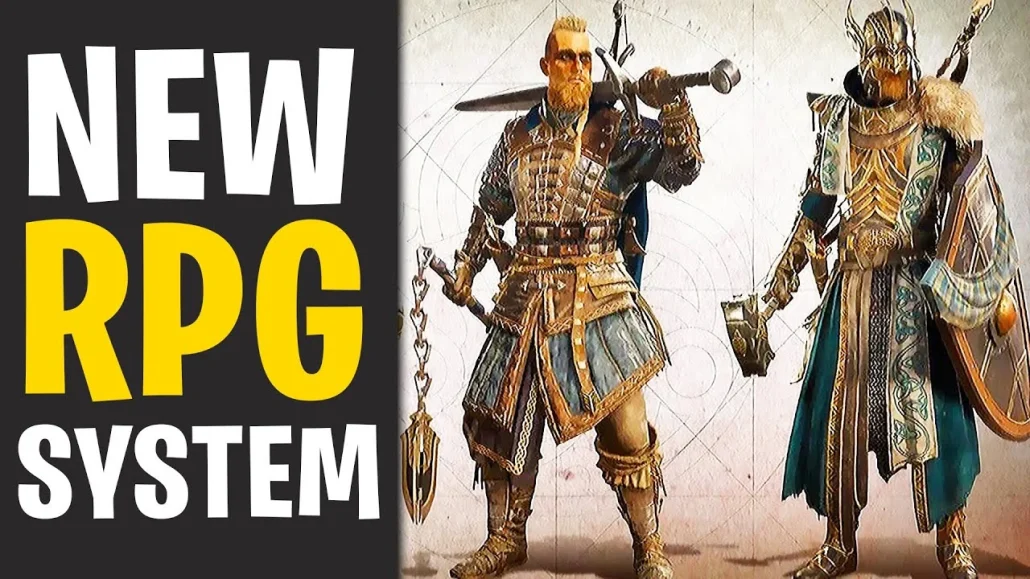

This brings us to another failing of the AAA game industry: whenever someone tries something and archives success with it, others feel the need to imitate it blindly. Babylon Fall was the victim of this mindset. This is why if you try out big games from a certain time frame, especially from the same genre, they look like copy-pasted clones of each other, especially in gameplay. The most notable examples are all the military shooters in the late 2000s/early 2010s (Battlefield 3, Medal of Honor 2010, Homefront) that looked like bastard children of Call of Duty; they were so similar sometimes you couldn’t even distinguish their screenshots from one another.
This is a very fatal tendency for AAA games because it makes their process of development to be based on insecurity. An AAA game will never have a full identity of its own because it will always have an element attached to it due to its trendiness, not because it was the best thing for it. And attaching these trendy elements become necessary because you need to show the publishers something familiar and previously successful in convincing them to keep funding the expensive project.
Now normally, this wouldn’t be a problem. After all, all genres develop organically through trial and error, derivation from other works, and creating a new mixture. But it has become a problem because indie games exist. Regarding creativity and providing visionary experiences, indie games blow AAA games out of the water so hard that it just makes them look bad. “The Return of the Obra Dinn” can be so good at being a detective game that it makes LA Noire look like a joke by comparison. “Disco Elysium” can blow most AAA RPGs out of the water regarding story, dialogue, and “choice and consequences”. “This War of Mine” can deliver an anti-war message better than any Call of Duty campaign.
All of us gamers indeed have that “AAA” itch that needs to be scratched every now and then, but it doesn’t change the fact that if we get into indie games, most AAA games will look lame by comparison. The fact that a 10$ indie game can be more enriching than a 70$ AAA game puts the existence of the whole industry in question.
This also applies to AAA’s desperate need to appeal to as many people as possible to sell as many copies as possible. In this process, AAA games become games made for everybody and nobody because they do not have the backbone to cater to a specific niche/taste. The Youtube channel So Says Jay thoroughly explores this phenomenon in the context of Assassin’s Creed Valhalla. Valhalla tries to mix all the best elements from all of Assassin’s Creed games, but the result is a mess. For example, the game tries to bring back the 1 hit stealth kills from Original Assassin’s Creed games but also tries to retain the RPG elements from Post-Odyssey AC games. The result is that you have an attribute that increases stealth damage, but after a certain threshold, it becomes useless because, in the style of old AC games, most enemies get 1 shot by stealth attacks anyway.
This is just one example of a nonsensical game-design element in AAA games that is caused by an inclination for mass appeal. But most AAA games are full of them. They don’t make the game bad, but bland. You might be able to hide blandness with gorgeous graphics and masterful music, but sooner or later, the player will feel it to the bone because you forced them to spend 200 hours with the game. After all, you gotta justify that 70$ price tag, don’t you?
Marketing of AAA Games is Messed-Up


If you have been following gaming news for a long time, at this point, you are probably pretty jaded about any promise game developers make about how awesome their game is gonna be. So many games have been victimized by launching a hype train and getting crashed and burned. Cyberpunk 2077 was the last major victim. Forspoken has been the latest minor victim.
If you know some insider information on how games are developed, you probably know what developers think they will make is very different from what they make. Bioshock Infinite was supposed to be an open-world FPS with a faction system. Still, it ended up being a linear shooter -more linear than the original Bioshock, in fact- because the developers realized the hardware at the time -Xbox 360 and PS3 – could not handle the vision they had in mind. Now if you watch the promotional material released for the Bioshock Infinite We Never Got, you might think the developers have been trying to manipulate people and hyping their game falsely. But it was not really their fault. Regarding game development, things don’t go according to plan.
This is why the need to hype people about your game years before its release will almost always lead to disappointment. But the way the AAA industry is structured is that you should hype people up. If you don’t have cool trailers to show and cool promises to give in events like E3, then how is the publisher supposed to receive those juicy pre-orders?
This is why Hi-fi Rush’s surprise drop was such a pleasant surprise. It was a nice change of pace for people to play an AAA game without any preconceived notions or prior knowledge and enjoy it for what it was. The way marketing AAA games works is ultimately based on manipulation, whether the developers intended that or not. And people are waking up to this. So any attempt at hyping up a game is met with cynicism by more and more people.
AAA Games Cannot Deal with the Issue of the Fragmentation/Atomization of Culture


Alas, we have reached the last point. Unlike the previous points, this one is not really about what the AAA industry is doing directly but about how culture is changing and how the AAA game industry has difficulty adapting to it because of its structure.
We’re going through a phenomenon that can be best described as the “fragmentation or atomization of culture”. As more art forms and artists emerge, getting many people excited about one thing is getting harder. Such things still exist, but their number is decreasing compared to the past, and their life span has become shorter. Looking around you, you’ll see that people live inside their cultural bubble more than before and are less susceptible to having a collective experience. In other words, a phenomenon like Michael Jackson or Star Wars is much harder to happen today. Avatar 2 has sold 2 billion dollars and already feels culturally irrelevant.
In this impossibly hard competition for capturing people’s attention and maintaining it, we have two contenders (excluding niche products people choose to engage with on their own terms): those very few products that manage to get all the attention (like Fortnite, Elden Ring, Skyrim) for a long while and those that are subjected to have the designated 15 minutes of fame.
For AA and Indie games, dealing with culture fragmentation is easier. These kinds of games know their limits and are more than happy to cater to their own niche, and they are usually very successful at it. But AAA games must get all the money and attention in the world; otherwise, they would be considered a failure. Think of Battlefield V. It sold 7.3 million copies, and it still wasn’t enough.
This means that every single AAA game released is a huge coin flip. It’s not enough for an AAA game to sell well; it has to sell well consistently, develop a successful, long-lasting franchise and keep people hooked so long and deeply that they’re willing to buy all the microtransaction crap and DLC attached to it.
The Effect of Atomization of Culture on the AAA Game Industry
In recent news about Ubisoft’s falling stock prices following the cancellation of projects, an interesting, slightly dystopian-sounding word was used: megabrands.
Ubisoft stocks have plummeted following the news of several canceled projects and lower-than-expected sales throughout 2022.
In a call with investors, the company said it faced “major challenges as the industry continues to shift towards mega-brands and long-lasting titles”, resulting in the underperformance of recent releases Mario + Rabbids: Sparks of Hope and Just Dance 2023.
This phrase: “as the industry continues to shift towards mega-brands and long-lasting titles”, is the source of all problems. “Mega-brand” and “long-lasting” mean more conservatism, shady business practices, addiction loops, hostage-taking, and disrespect towards the player’s time.
This is not really the fault of AAA game developers. In their world, money speaks; in this case, it has spoken clearly: 2022 was a bad year for them. They need to do something, and making a game like Hi-Fi Rush is not the answer. Sticking to mega-brands and long-lasting titles is.
But this impossibly high standard of success in a society that keeps getting more fragmented is not sustainable. After a certain threshold, something is bound to break. And that something is probably the back of the AAA gaming industry.
At this point, I don’t even know how this can be stopped. Don’t get me wrong; I don’t think we will have a video game crash like the ones we had in the 80s. But if the AAA industry somehow doesn’t relieve itself of all the pressure, AAA games will keep getting more unfun to make and more unfun to play. There are tons of videos on Youtube by people complaining about games not being fun anymore. They can’t all be nostalgia freaks reminiscing the good old days through rose-tinted glasses.
How do AAA Games Impact the Industry?
The influence of AAA games extends far beyond mere entertainment, shaping the gaming industry in several ways:
- Technological Advancements:
Cutting-Edge Graphics and Performance: AAA games often serve as pioneers in pushing the boundaries of technology. They drive the demand for powerful hardware and showcase the latest advancements in graphics, AI, and physics simulations, setting new benchmarks for the entire gaming ecosystem.
- Economic Powerhouse:
High Production Values: The production of AAA games involves substantial financial investments. From extensive marketing campaigns to top-tier voice actors and advanced development tools, these games contribute significantly to the economic vitality of the gaming industry.
- Industry Standards and Trends:
Setting the Bar for Quality: AAA titles often establish benchmarks for game design, storytelling, and overall player experience. Their success influences industry trends, encouraging developers to aspire to higher standards in gameplay mechanics, narrative depth, and visual fidelity.
- Global Reach and Cultural Impact:
Mass Appeal and Global Recognition: AAA games have a broad appeal, reaching audiences worldwide. Their influence extends beyond gaming communities, permeating popular culture and contributing to the global recognition of video games as a legitimate form of entertainment and art.
How Do We Define AAA Games?
Defining AAA games involves considering various factors that set them apart from other gaming experiences:
- Production Scale:
Large Development Teams: AAA games typically involve large development teams comprising experts in various fields, including designers, programmers, artists, and writers. This collective effort allows for the creation of expansive and intricately designed game worlds.
- High Production Values:
Top-Quality Graphics and Audio: AAA games prioritize top-notch graphics, realistic animations, and immersive soundscapes. The goal is to deliver a sensory-rich experience that captivates players and fosters a deep connection with the virtual worlds they explore.
- Extensive Marketing and Promotion:
Global Campaigns: AAA titles are accompanied by extensive marketing campaigns to build anticipation and ensure widespread awareness. These campaigns often involve teasers, trailers, and promotional events, contributing to the game’s cultural impact.
How AAA Video Games Differ from Other Categories?
AAA video games stand apart from other categories primarily due to their scale, production values, and scope. Unlike indie or mid-tier titles, AAA games are typically developed by large teams of professionals employed by major game studios or publishers. These titles often boast high production budgets, allowing for advanced graphics, intricate gameplay mechanics, and extensive marketing campaigns.
AAA games are also characterized by their ambitious scope, often featuring expansive open worlds, complex narratives, and cutting-edge technology. Additionally, AAA titles typically command higher price points and are expected to deliver premium-quality experiences to justify their investment.
The Scale, Production Budget, and Expectations Associated with AAA Video Games
The scale and production budget of AAA video games are substantial, often amounting to tens or even hundreds of millions of dollars. These resources enable developers to hire top talent, utilize state-of-the-art technology, and pursue ambitious creative visions.
AAA games are expected to push the boundaries of interactive entertainment, delivering immersive worlds, compelling stories, and engaging gameplay experiences. As a result, there is immense pressure on developers to meet the high expectations of both players and investors. Success in the AAA space can lead to critical acclaim, commercial success, and industry recognition, but failure to deliver can result in significant financial losses and damage to a studio’s reputation.
The Historical Development of AAA Games
The concept of AAA video games has evolved alongside advancements in technology, changes in consumer preferences, and shifts in the gaming industry landscape. In the early days of gaming, the term “AAA” did not exist, and games were often developed by small teams or even individuals working on limited budgets.
However, as the popularity of video games grew and technology improved, larger studios began to emerge, producing titles with higher production values and greater scope. The term “AAA” came into use to differentiate these premium titles from smaller, independent projects. Over time, the AAA segment has become synonymous with blockbuster releases, multimillion-dollar budgets, and high-profile franchises that dominate the gaming market.
Can indie studios make AAA games?
While traditionally associated with smaller-scale projects and limited resources, indie studios have increasingly demonstrated their capability to create games that rival the quality and scope of AAA titles. With advancements in technology, distribution platforms, and game development tools, indie studios now have access to the resources and opportunities necessary to produce AAA-quality games. However, achieving this level of polish and scale often requires significant dedication, creativity, and resourcefulness on the part of indie developers.
Indie studios face unique challenges when undertaking AAA game development, including budget constraints, limited manpower, and logistical hurdles. Despite these challenges, many indie studios have successfully leveraged innovative development practices, collaborative partnerships, and crowdfunding campaigns to bring ambitious projects to fruition. By harnessing their creativity, agility, and passion for game development, indie studios can compete on a global scale and deliver unforgettable gaming experiences that resonate with players worldwide.
Indie vs AAA Game Development
Scope and Scale:
- AAA games typically boast expansive worlds, intricate narratives, and high-fidelity graphics, requiring large teams and substantial budgets to develop.
- Indie games, on the other hand, often focus on innovative gameplay mechanics, artistic expression, and niche storytelling, leveraging smaller teams and more agile development cycles.
Budget and Resources:
- AAA game development involves substantial financial investments, with budgets often exceeding millions of dollars to cover development, marketing, and distribution costs.
- Indie game development operates on more modest budgets, with indie studios relying on crowdfunding, self-funding, or revenue-sharing models to finance their projects.
Development Timelines:
- AAA game development typically follows lengthy production cycles spanning several years, allowing for meticulous polish and refinement of gameplay mechanics, visuals, and content.
- Indie game development tends to be more agile and iterative, with shorter production timelines and a focus on rapid prototyping, experimentation, and feedback-driven development.
Creative Freedom and Innovation:
- AAA games may face pressure to adhere to established genres, trends, and market expectations, limiting creative risk-taking and innovation.
- Indie games enjoy greater creative freedom and flexibility, enabling indie developers to explore unconventional ideas, experimental gameplay mechanics, and unique artistic visions.
Audience Reach and Distribution:
- AAA games benefit from extensive marketing campaigns, widespread distribution channels, and established publisher partnerships, reaching millions of players across multiple platforms.
- Indie games rely on grassroots marketing efforts, community engagement, and digital distribution platforms to reach niche audiences and build dedicated fan bases.
In summary, while indie studios face distinct challenges compared to their AAA counterparts, they possess the creativity, passion, and entrepreneurial spirit necessary to create games that push the boundaries of innovation and artistic expression. By embracing their indie roots while aspiring to AAA-quality standards, indie developers can carve out their own unique space in the diverse and vibrant landscape of game development.
The Future of the AAA Game Industry
Looking ahead, several trends indicate the future trajectory of the AAA game industry:
- Embracing Emerging Technologies:
Virtual Reality (VR) and Augmented Reality (AR): AAA developers are increasingly exploring immersive technologies such as VR and AR to enhance player experiences. The integration of these technologies is poised to redefine how gamers interact with virtual worlds.
- Inclusivity and Diversity:
Narrative Innovation: The future of AAA games involves a commitment to diverse storytelling and inclusivity. Expect to see narratives that represent a wider range of perspectives, cultures, and experiences, reflecting the diverse global gaming audience.
- Live Service Models:
Continuous Content Updates: Live service models, where games receive regular updates and expansions, are becoming prevalent in the AAA space. This approach keeps players engaged over the long term and fosters a sense of community within the gaming ecosystem

AAA Game Industry Is Not Bad, Just Misguided
So to avoid any misunderstanding, let me empathize on what I mean: I’m not saying AAA games will all be bad. I’m sure every year, we will have a couple of big AAA games that will be good, even by the standards of jaded critics who worship at the altar of indie games. Elden Ring and Marvel’s Spider-Man come to mind as examples. But that’s the point: they will be a few games. The number of big AAA games worth buying and playing for millions and millions of people becomes less and less each year and each generation. As hardware and games get more expensive and the number of truly outstanding AAA games decreases, the console industry will bear the brunt. Microsoft is already suffering through this. They’re in desperate need of games that give a reason to people to buy their latest console. There aren’t many.
Maybe the AAA industry is bound to follow the same fate as Rome. It will ultimately be torn in half, with one half continuing to be a smaller empire and the other half being divided into smaller kingdoms that ultimately turn out to be very accomplished countries like Italy, France and Spain (AKA three 33 million dollar projects, instead of one 100 million dollar one). Yes, none of them will have the glory of the Roman Empire at the height of its power, but you know what? Maybe that’s for the best.


